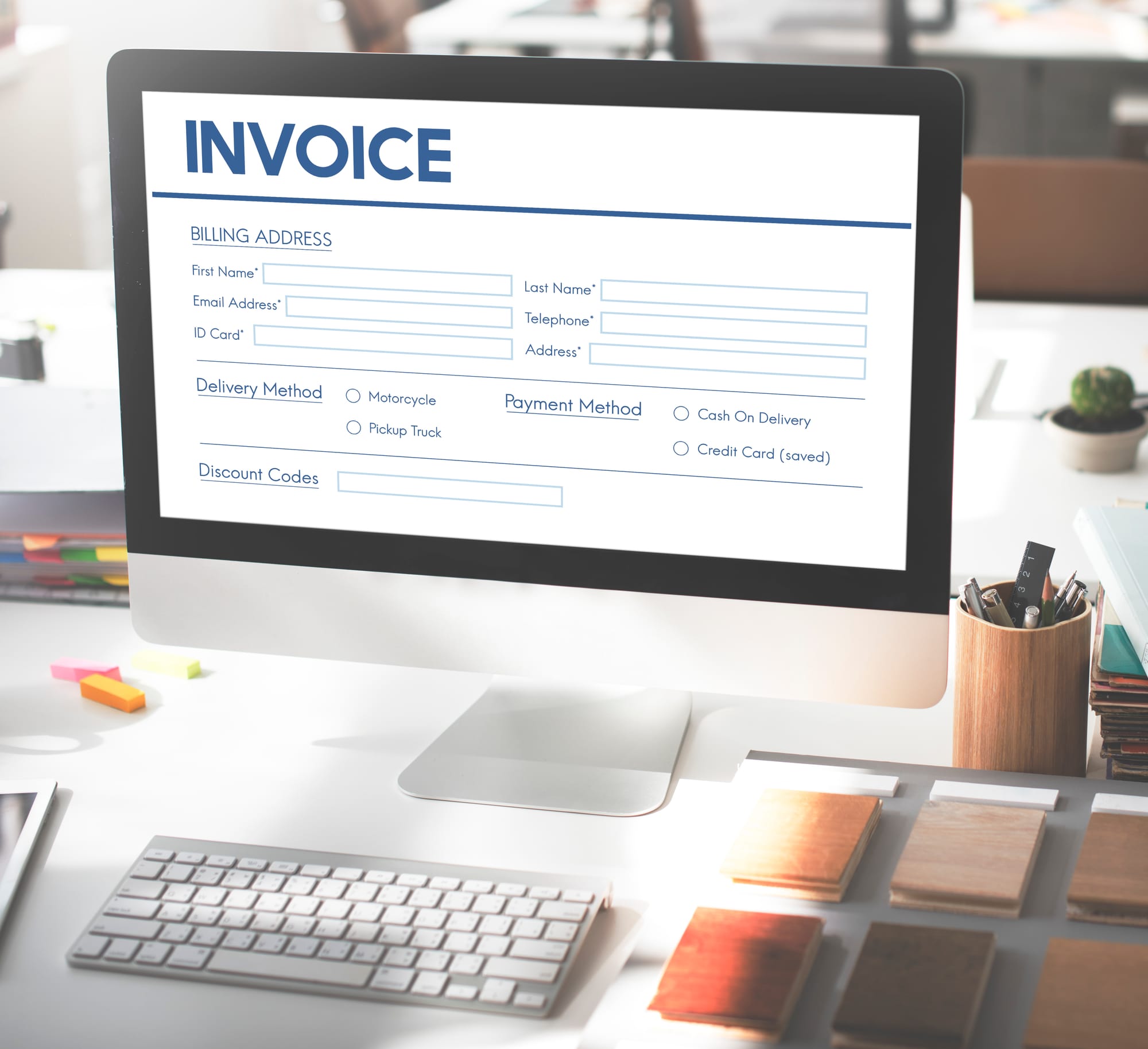Understanding Billing Errors: What They Are and How to Resolve Them
Billing mistakes happen. Learn what legally counts as a billing error, how to send a proper 60-day dispute letter, and what protections you have while your card issuer investigates and resolves the issue.

A billing error can be a stressful and confusing experience, but knowing your rights and the proper steps to take can make the process much smoother. This article explains what counts as a billing error, how to report one, and what to expect from your credit card company during the resolution process.
What Is a Billing Error?
A billing error is any mistake or issue found on your credit card or open-end credit account statement. According to federal law, billing errors include:
Charges you didn’t make or authorize.
Charges for goods or services you didn’t accept or that weren’t delivered as agreed.
Mathematical or accounting errors in your statement.
Payments or credits you made that were not properly applied to your account.
Charges that need further clarification or proof.
Not receiving your billing statement at your correct address (if you updated it on time).
Transactions not properly described on your statement.
How to Report a Billing Error
If you spot a billing error, you must notify your creditor in writing. Here’s how to do it:
Act Quickly: Send your written notice within 60 days after the creditor sent the first statement with the error.
Include Key Details: Your notice should include your name, account number, the amount and date of the error, and a clear explanation of why you believe there’s a mistake.
Send It to the Right Address: Use the address provided by your creditor for billing inquiries (usually found on your statement).
What Happens After You Report a Billing Error
Once your creditor receives your written notice, they must:
Acknowledge Your Complaint: They must confirm in writing within 30 days that they received your notice, unless they resolve the issue first.
Investigate the Error: The creditor must resolve the issue within two billing cycles (but no more than 90 days).
Protect Your Rights During Investigation:
You don’t have to pay the disputed amount or related charges while the investigation is ongoing.
The creditor cannot threaten your credit rating or try to collect the disputed amount.
They can still collect on any undisputed part of your bill.
How Billing Errors Are Resolved
If an Error Is Found: The creditor must correct the mistake and remove any related charges. You’ll receive a written notice of the correction.
If No Error Is Found: The creditor must explain in writing why they believe there was no error and provide documentation if you request it. If you still disagree, you can continue to dispute the charge, but you’ll need to pay the amount if the creditor follows all proper procedures.
Your Rights After the Investigation
If you still believe a billing error exists after the investigation, you can send another written notice. The creditor must report the account as “in dispute” if they report it to credit agencies, and update the record if the dispute is later resolved.
Special Cases
If your billing error involves electronic fund transfers or prepaid accounts, different rules may apply under the Electronic Fund Transfer Act.
By understanding what counts as a billing error and following the correct steps, you can protect your finances and credit. Always keep copies of all correspondence and act promptly when you notice a problem.
Related: Managing Pet Bills: How to Afford Veterinary Care and Keep Your Pet Healthy, Vet Billing Explained: Affordable, Accessible Care, and The End of Billing Errors: How AI is Streamlining Veterinary Claim Reconciliation.
